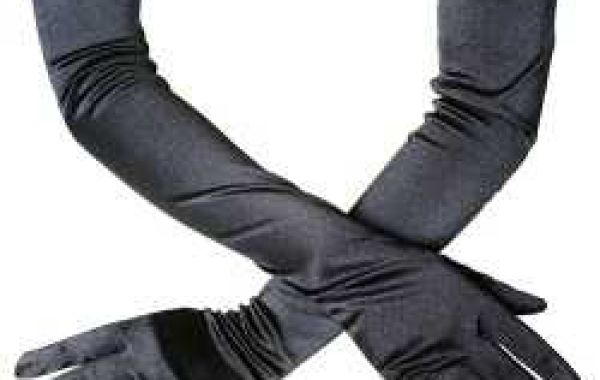Clinical training manikins are used extensively in various healthcare education settings to enhance the learning experience and improve the skills of healthcare professionals. Here are some of the key ways they are utilized:
- Skill Acquisition and Practice:Manikins provide a platform for trainees to practice basic and advanced clinical skills in a safe and controlled environment. This includes procedures like CPR, intubation, IV insertion, wound care, and medication administration.
- Scenario-Based Training:Manikins can be used to simulate realistic clinical scenarios, such as cardiac arrest, respiratory distress, or trauma. These scenarios allow trainees to apply their knowledge and skills in a high-pressure environment.
- Team Training and Communication:Manikins can be used to train healthcare teams, such as nurses, doctors, and paramedics, to work together effectively. They can practice communication, coordination, and decision-making skills in a simulated clinical setting.
- Patient Assessment and Diagnosis:Manikins can be programmed to present with various symptoms and signs, allowing trainees to practice patient assessment and diagnosis skills.
- Procedural Skill Evaluation:Manikins can be used to objectively assess a trainee's performance in specific procedures. This can help identify areas for improvement and provide feedback on technique and efficiency.
- Continuing Education and Professional Development:Manikins can be used to provide continuing education and professional development opportunities for healthcare professionals. They can be used to teach new techniques, refresh existing skills, and stay up-to-date with the latest advancements in healthcare.







